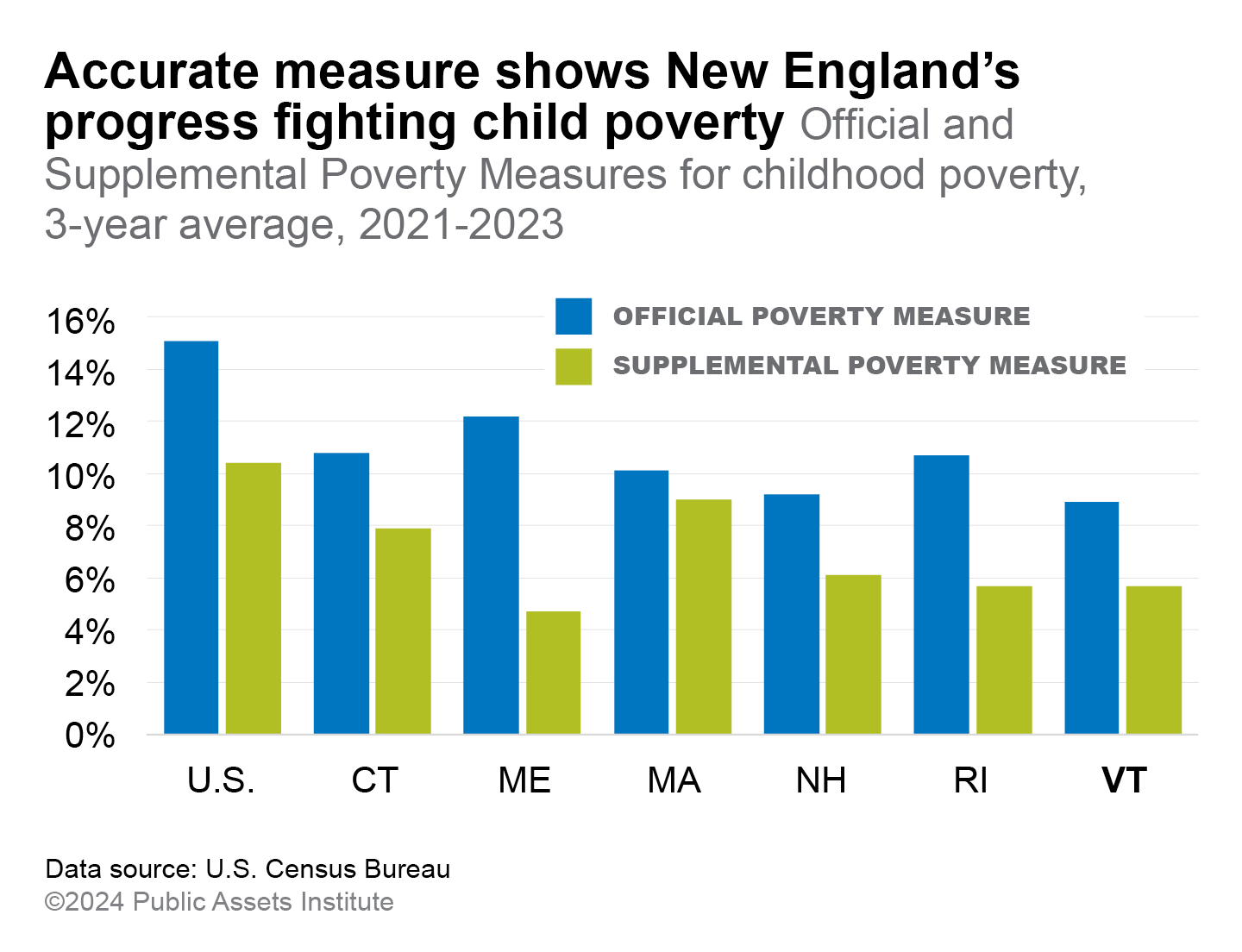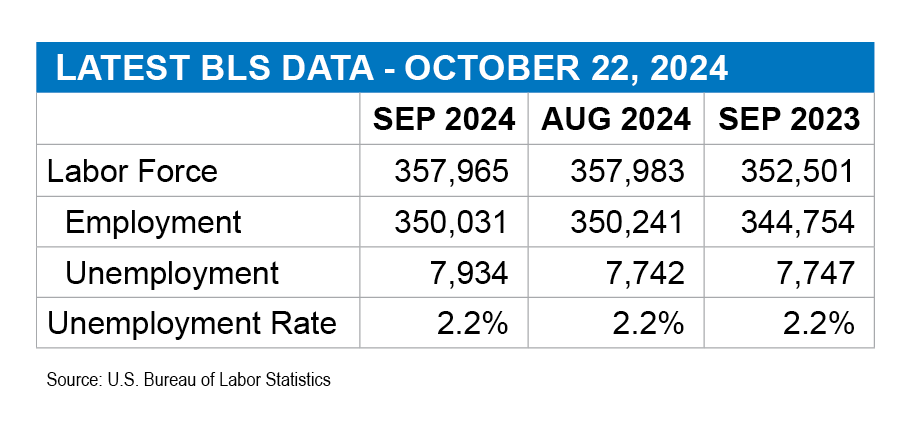Public programs lifted 3,000 Vermont kids out of poverty
 New Census data offer proof that federal and state governments can significantly reduce child poverty. Almost 9 percent of Vermont’s kids lived in poverty, according to the three-year average of the federal official poverty measure for 2021-2023. However, the Supplemental Poverty Measure (SPM)—which factors in state and federal government programs such as universal school meals, food and utility assistance, and the child tax credit—came in 3 percentage points lower, at less than 6 percent for the same period. The difference in poverty rates was evident across New England, where anti-poverty programs are generally strong. In Vermont, the 3-percentage-point difference between the two measures accounted for roughly 3,000 children.
New Census data offer proof that federal and state governments can significantly reduce child poverty. Almost 9 percent of Vermont’s kids lived in poverty, according to the three-year average of the federal official poverty measure for 2021-2023. However, the Supplemental Poverty Measure (SPM)—which factors in state and federal government programs such as universal school meals, food and utility assistance, and the child tax credit—came in 3 percentage points lower, at less than 6 percent for the same period. The difference in poverty rates was evident across New England, where anti-poverty programs are generally strong. In Vermont, the 3-percentage-point difference between the two measures accounted for roughly 3,000 children.
THIS MONTH
 Vermont’s labor force—those working and those available for work—shrank in September for the first time in 47 months. But even with the slight dip, the workforce remains at levels the state has not seen in over a decade, last month totaling 357,965 workers.
Vermont’s labor force—those working and those available for work—shrank in September for the first time in 47 months. But even with the slight dip, the workforce remains at levels the state has not seen in over a decade, last month totaling 357,965 workers.

